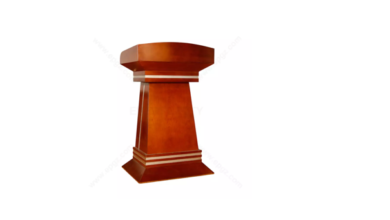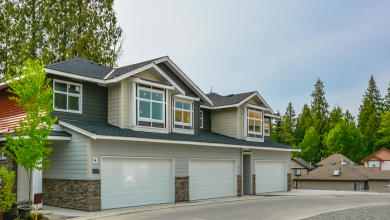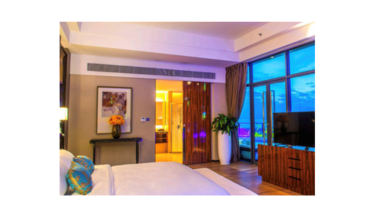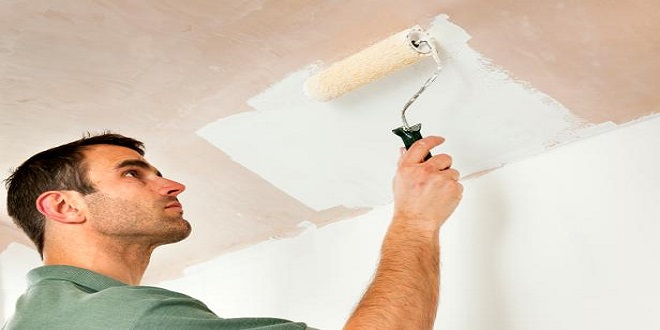Design Freedom: Apartment vs. House for Interior Decorators

Interior decorators and designers are artists who transform spaces into beautiful and functional works of art. Whether you’re a professional decorator or simply someone passionate about creating stunning interiors, the choice between working in apartments and houses can significantly impact your design process. In this article, we’ll explore the opportunities and challenges of designing in both apartments and houses, helping you understand the advantages each option offers.
Apartments: The Canvas of Urban Living
1. Compact and Cozy
Apartments, especially in urban areas, are often characterized by their compact size. While this may seem limiting at first, it can actually be an advantage. Smaller spaces encourage creativity and efficient use of every square inch. As an interior decorator, you’ll have the opportunity to maximize functionality and comfort within the constraints of a smaller canvas.
2. Versatility of Styles
Apartments come in various styles and layouts, making each project unique. From modern studio apartments to classic pre-war units, you’ll have the chance to work with diverse design aesthetics. This versatility allows you to explore different styles and adapt your creativity to suit various client preferences.
3. Urban Aesthetics
Urban apartments often feature stunning city views, and many come with large windows that allow ample natural light to flood the space. Leveraging these urban aesthetics can be a captivating aspect of your design process. Incorporating the surrounding cityscape into your interior design can create a seamless connection between the indoor and outdoor environments.
4. Design Challenges
Working in apartments can present some design challenges. Limited space may require creative storage solutions, multi-functional furniture, and strategic layout planning. However, overcoming these challenges can be deeply rewarding and showcase your design expertise.
Houses: The Canvas of Suburban and Rural Living
1. Abundant Space
Houses, especially in suburban and rural settings, offer generous living spaces. This allows for more extensive interior design projects with ample room to experiment with various layouts and design elements. You’ll have the freedom to incorporate larger furniture pieces and create grand interiors.
2. Outdoor Integration
Houses often feature outdoor spaces like gardens, patios, and decks. As an interior decorator, you can extend your design creativity beyond the indoor spaces and create seamless transitions between indoor and outdoor living areas. This integration can enhance the overall living experience and create inviting outdoor retreats.
3. Customization
Houses provide opportunities for customization, as homeowners may be more open to structural changes and renovations. You can work closely with clients to personalize their space, whether it’s creating custom-built cabinets, modifying room layouts, or even renovating entire rooms.
4. Design Challenges
While houses offer more space, they can also present unique design challenges. Large spaces may require a more extensive design plan, and the variety of architectural styles may require adaptability in your design approach. Additionally, working with homeowners who have specific preferences can be both rewarding and challenging.
Pro Tip: Search for houses for rent near me on Google, Zumper, or Zillow to find listings near you.
Conclusion: Choosing Your Design Canvas
Ultimately, the choice between working in apartments or houses depends on your personal preferences and design philosophy. Apartments offer opportunities for creative problem-solving within limited space, while houses provide expansive canvases for your design vision.
As an interior decorator, consider your passion for space utilization, design aesthetics, and your willingness to adapt to various design challenges. Whether you choose to specialize in urban apartment design or embrace the versatility of house design, your ability to transform living spaces into stunning works of art will always be in demand.





